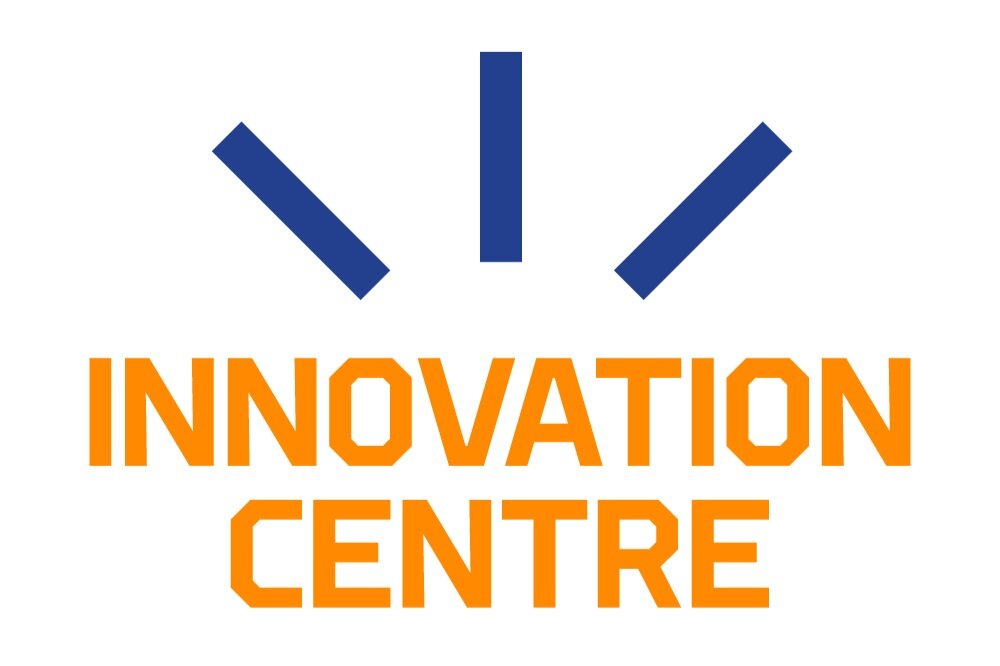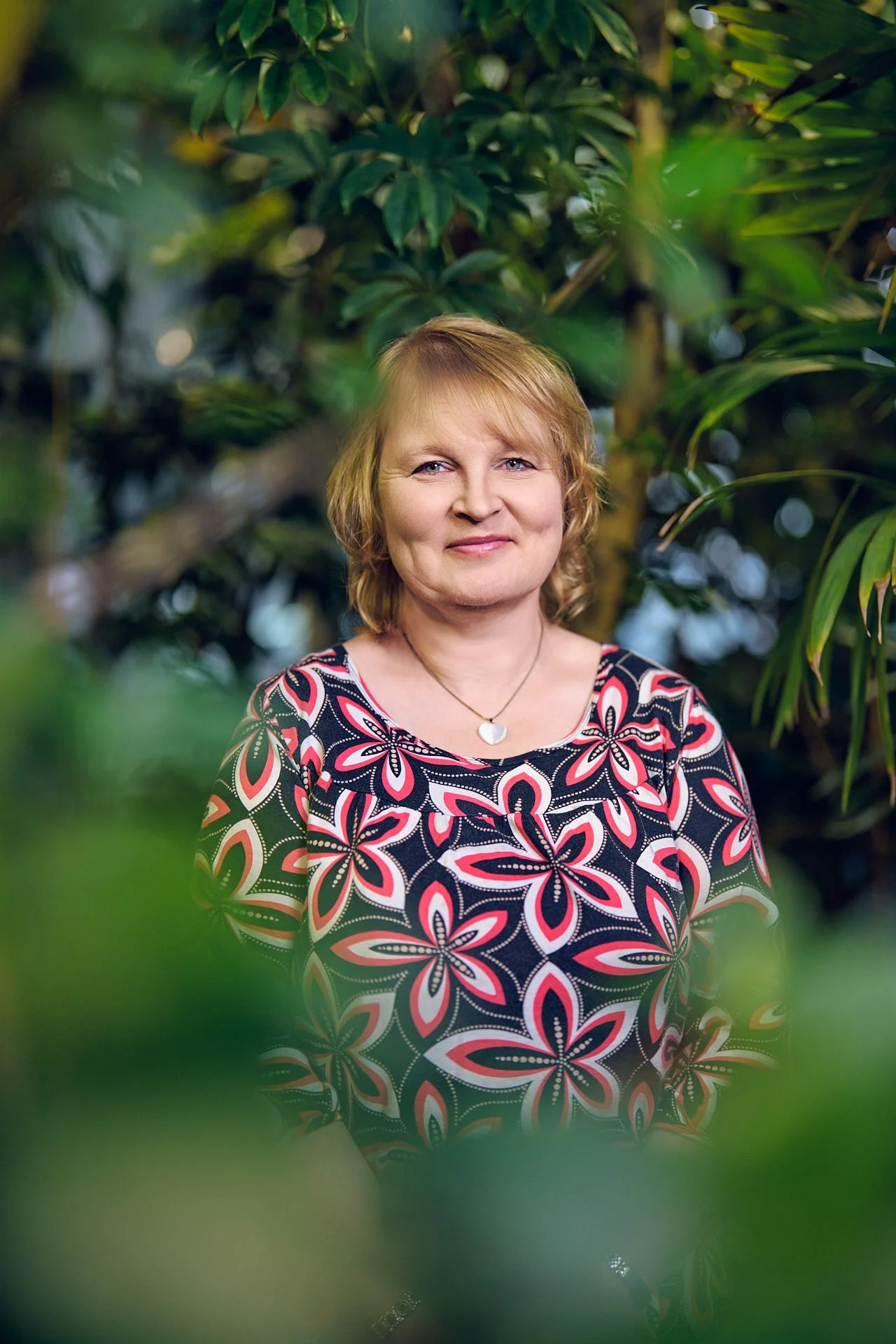Get to know copyrights Part 2 — "can I use this?"
In the previous blog post, we looked at what IPR is, what it protects and who owns IPR in universities, based on the Get to know copyrights course. But what if you need someone else's content for your teaching or research? Kirsi Salmela, Head of Legal at Kopiosto and Maarit Jokela, IPR expert at the Innovation Centre, gave us some good tips on this, which we summarise in the following paragraphs.
How to use content created by others in education?
"Can I use this?" The world is full of inspiring, entertaining and informative content that could be of great help in research and teaching. So, this question is often on the minds of experts. Fortunately, there are many opportunities to make use of protected content.
For example, copyright allows you to quote other people's work, as long as it is published, and the quotation is properly linked to other material. Quotations must also be used appropriately, for example to illustrate teaching. Material consisting of mere quotations does not constitute citation as permitted by law.
To illustrate teaching, the quoted material must support, enrich or supplement the subject being taught. The quotations should not replace purchasing the original material, such as a textbook. Teaching must also take place on a closed course or learning environment.
For broader use of other’s materials, different types of licences to use may be available. Depending on the content, licences can be obtained from copyright organisations such as Kopiosto (copying licences), Teosto (music performance and recording licences) or Elokuvalisenssi (film licences). If possible, you can also ask for permission from the author or rightsholder directly. If licences are not available, published work may be used to illustrate unpaid teaching for a limited number of people in a classroom or in a closed learning environment.
A licence is not required if, for example, you are inspired by an idea or method developed by someone else and decide to use it in teaching. You can also always link online content to your own materials without further permission, as long as the content is online with the permission of the rights holder and openly accessible. Some of the online content has been licensed, for example under a CC licence, which is indicated by both a symbol and a letter. With this licence, the author grants a right to use their content in a particular way free of charge. When you use CC-licensed content, make sure you understand what the different licence conditions mean.
Elements of the CC licence from Kirsi Salmela's course material.
The content of KAVI's Elokuvapolku website and Elonet service may be used freely for non-commercial teaching purposes.
It is also worth noting that copyrighted material created by others may not be modified without the author's permission. For example, a translation or image editing shouldn’t be done without permission from the copyright holder. However, with permission, a new version can be made, and it can also be copyrighted if it is sufficiently independent and original. There is no precise dividing line between free creation and modification of works. It is assessed on a case-by-case basis.
No matter how, with what permissions and for what purpose the work of another person is used, the author and the name of the work should always be mentioned.
Read more about the terms of the licence here. (In Finnish)
Permission to copy for educational and research purposes
The Council of Rectors of Finnish Universities (UNIFI) and Kopiosto have agreed on a copying licence for all UNIFI member universities. This licence allows the copying of text and image material for teaching, research and administrative use in the university's activities, including open university teaching and further and specialised training organised by the university. The agreement doesn’t cover training organised by summer universities or copies for which a fee is charged. For these, the organiser must obtain a separate copy licence from Kopiosto.
With a copy licence, the teacher may copy, print, scan and distribute images, articles and extracts from publications and websites to a closed group. However, there are certain limits to the number of copies: no more than 20% or 20 pages of publications and no more than 20 images or pages from the same website per student. Articles and brochures can be copied in full, but no more than 20 articles from the same journal. Exceptionally, in distance and hybrid learning, the copying of learning materials from a digital publisher is allowed, provided that the necessary access rights have been obtained for each participant of the course. The teacher is also allowed to make a video recording of the teaching situation.
Copyright doesn’t usually restrict the use of materials as a source or subject of research, but other provisions such as data protection law must be taken into account. A copying licence from Kopiosto allows the copying of works and publications for non-commercial research to the extent necessary for the purpose.
The copying licence also allows the researcher to store copies made for research purposes on a closed network of the university for their research group to access. Copies may also be forwarded to the research team by email and kept for verification and future research.
What if I use protected content without permission?
Every now and then, copyright infringements occur. In such cases, the copyright holder has the right to intervene in the unauthorised use of their work and to get reasonable compensation for the infringement. Whether or not the user was aware of the unauthorised use is irrelevant as to the amount of compensation. However, if you use protected material without permission intentionally or negligently, you may have criminal liability in addition to compensation.
To the question "can I use this?", we could say that you usually can — as long as you respect the work of others by first understanding copyright and other rules and laws. For more information on these, keep an eye on our upcoming courses or contact our IPR expert:
Maarit Jokela
Innovation and IPR Professional
maarit.jokela@oulu.fi
+358294488066
This blog series is based on course materials by Kirsi Salmela and Maarit Jokela.




